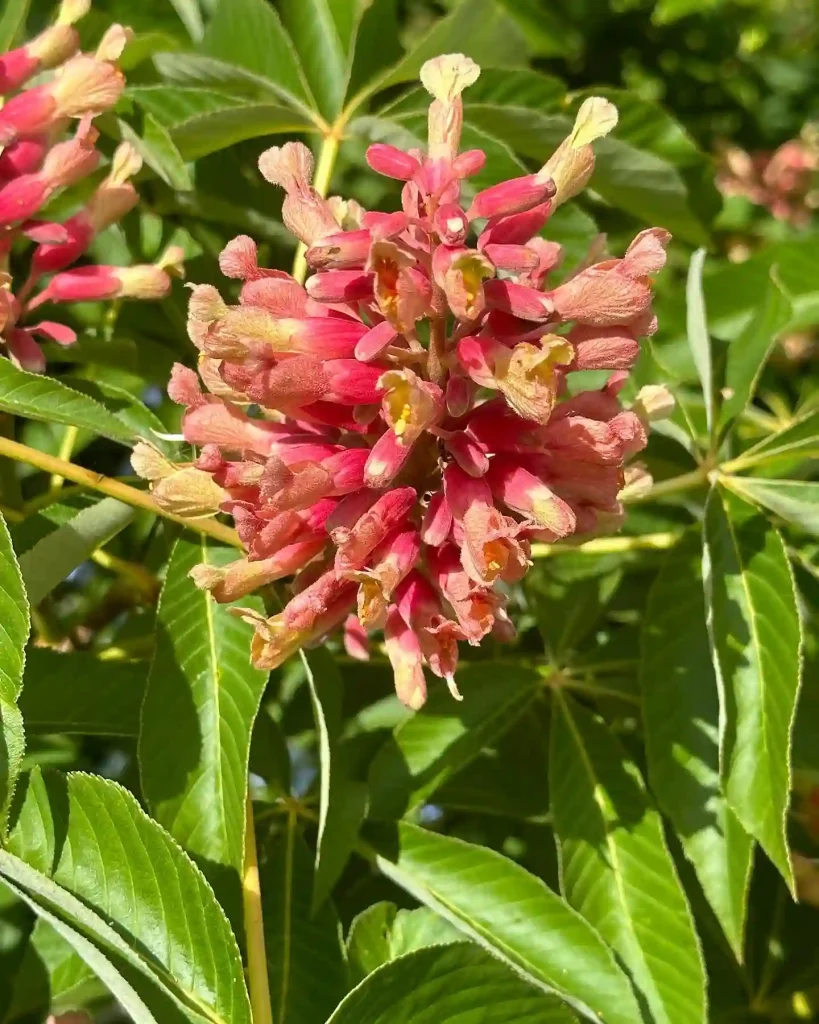
All About Carex Vulpinoidea: The Fox Sedge
Hi, Ferb Vu here! Today, we’re diving into the world of Carex vulpinoidea, also known as the Fox Sedge. This versatile plant is a favorite among gardeners and naturalists alike. Whether you’re looking for an attractive addition to your landscape or simply want to learn more about this fascinating species, this FAQ is for you.
2324 Species in Genus Carex
What is Carex Vulpinoidea?
Carex vulpinoidea is a perennial sedge native to North America. It boasts dense clumps of slender, green leaves that arch gracefully. The plant produces clusters of tiny flowers in the spring and summer, adding a touch of texture to its overall aesthetic.
Where Does Carex Vulpinoidea Grow?
Fox Sedge thrives in moist environments. You’ll find it in wet meadows, marshes, ditches, and along rivers and streams. It can also tolerate drier conditions, making it a surprisingly adaptable plant.
Is Carex Vulpinoidea Easy to Grow?
Absolutely! Fox Sedge is a low-maintenance plant that’s perfect for beginner gardeners. It requires minimal care and readily tolerates a range of soil conditions, as long as they’re well-drained.
How Do I Plant Carex Vulpinoidea?
Planting Fox Sedge is a breeze. You can sow seeds directly in the ground in early spring or fall. Alternatively, you can divide existing clumps in the spring or fall to propagate new plants. Space your plants according to their mature size, typically around 12-18 inches apart.
How Do I Care for Carex Vulpinoidea?
Once established, Carex vulpinoidea requires minimal care. Here are some basic tips:
- Watering: Water regularly during the first growing season, especially during hot and dry spells. Once established, Fox Sedge is moderately drought-tolerant.
- Light: Provide partial shade to full sun.
- Soil: Well-drained soil is essential. Fox Sedge tolerates a range of soil types, from sandy to loamy.
- Fertilizing: Fertilizing is generally not necessary. However, if your plant appears weak, a light application of balanced fertilizer in early spring might be beneficial.
Does Carex Vulpinoidea Spread?
Yes, Carex vulpinoidea spreads slowly by underground rhizomes. This can be a desirable trait if you’re looking to fill an area with a low-growing, textural plant. However, if you’re concerned about unwanted spreading, consider planting your Fox Sedge in a container or with a barrier around the root zone.
How Do I Use Carex Vulpinoidea in My Landscape?
Fox Sedge is a versatile plant with a multitude of uses in the landscape. Here are a few ideas:
- Borders: The graceful arching foliage and soft texture make Carex vulpinoidea an excellent choice for borders.
- Mass Planting: Plant Fox Sedge in masses to create a low-maintenance groundcover.
- Wet Areas: Due to its moisture tolerance, Fox Sedge is a perfect choice for rain gardens or boggy areas.
- Containers: Showcase the delicate foliage of Carex vulpinoidea in containers on patios or balconies.
Is Carex Vulpinoidea a Good Companion Plant?
Absolutely! Fox Sedge pairs beautifully with a variety of plants. Here are a few suggestions:
- Perennials: Daylilies, ferns, Astilbes, and ornamental grasses.
- Shrubs: Hydrangeas, Redbud trees, and Dogwoods.
- Bulbs: Spring-blooming bulbs like tulips and daffodils can add a pop of color in early spring before the Fox Sedge foliage matures.
Does Carex Vulpinoidea Have Any Pests or Diseases?
Fox Sedge is generally resistant to pests and diseases. However, in poorly drained conditions, it can be susceptible to fungal diseases like crown rot. Ensure proper drainage to avoid this issue.
Conclusion
Carex vulpinoidea is a valuable addition to any landscape. Its low-maintenance nature, attractive foliage, and adaptability make it a popular choice for gardeners of all levels. So, if you’re looking for a versatile and easy-to-care-for plant, consider adding Fox Sedge to your garden. With a little planning and care, you can enjoy the beauty of Carex vulpinoidea for years to come.
If i die, water my plants!



